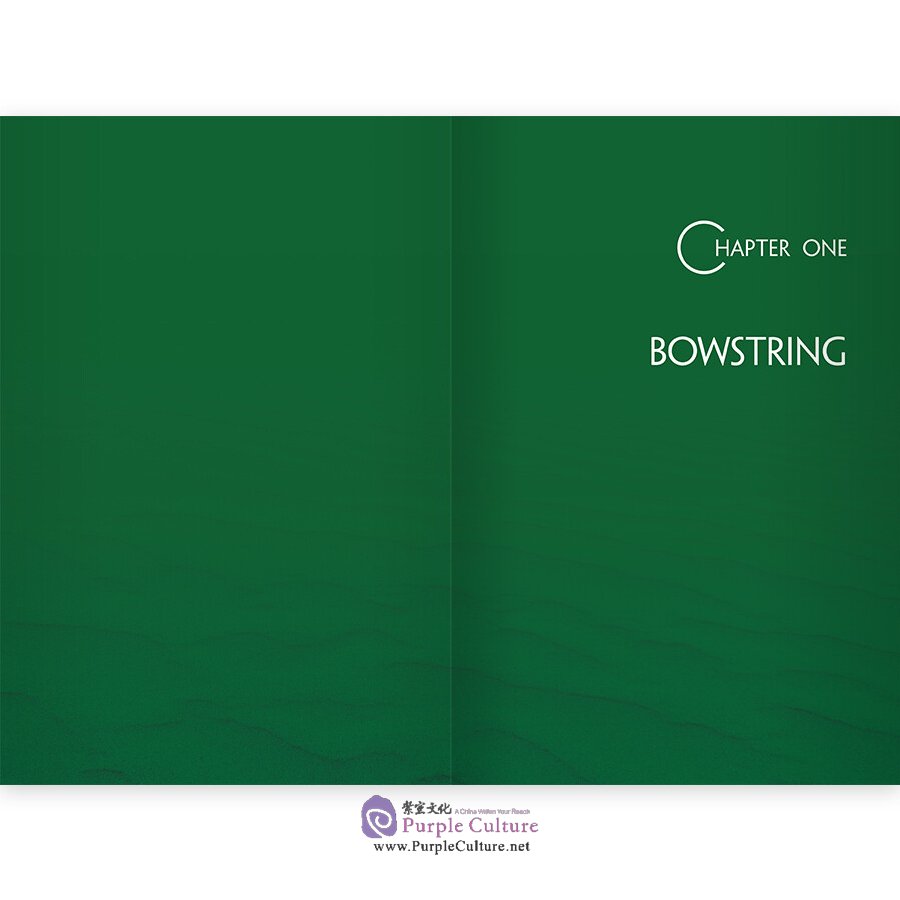This is a story about the regreening of the Kubuqi Desert, reflecting local people’s heroic pursuit of harmonious coexistence between man and nature. It decodes the Kubuqi Model and highlights its key elements such as innovation, coordination, green development, openness and ensuring benefits to all – good practices that may be applicable and meaningful to other countries across the world, especially those involved in the Belt and Road Initiative (BRI) which suffer from droughts and desertification.
The Kubuqi Model has won international recognition for its remarkable achievements. In 2014, the Kubuqi Desert was designated by the UNEP as a green economy pilot site. In 2015, Elion Resources Group won the Land for Life Award for its outstanding work in restoring and rehabilitating the Kubuqi Desert. In the same year, UNEP released a report at a climate conference in Paris, recognizing the success of the Kubuqi Model for being an “eco-pioneer” in greening the world.
Erik Solheim, former Executive Director of the UNEP, once said at a press conference that, instead of considering the desert a big threat, people in Kubuqi had been turning it into a huge opportunity to combine desert control with economic growth and poverty eradication. He wished that Kubuqi’s examples could be emulated worldwide. Today, the Kubuqi Model has been applied in BRI countries such as Saudi Arabia and Mongolia, and is expected to be used to improve ecological systems in Middle East, Central Asia, Southeast Asia and other regions.
Kubuqi’s success represents one of China’s achievements in realizing ecological civilization. In the new era, guided by President Xi’s proposition of “considering lucid waters and lush mountains as invaluable assets”, China will carry on the “Kubuqi Spirit” and continue to promote green development, with a view to creating more glorious milestones in its road towards a global ecological civilization.
About Author
He Gu is a national first level writer who writes non-fiction books, essays, dramas and novels, etc. His other non-fiction books include Mayor Zhang Tieming (which won a national prize), A Biography of Liu Gongquan, and Returning to My Hometown.
Yang Chunfeng is a member of China Writers Association who has published over ten books, among which A Chronicle of Migration to Northeast China and A Record of Tianzhuangtai Town won provincial literature awards.
Preface
Chapter One Bowstring
Chapter Two Battle Against Sand
Chapter Three Bellwether
Chapter Four Cross-Desert Highways
Chapter Five Green Belts
Chapter Six Connection with Deserts
Chapter Seven Business Expansion
Chapter Eight Common Prosperity
Chapter Nine Model
Chapter Ten Expectation



"The world is a greener place than it was 20 years ago. Human activities in China and India dominate this greening of the planet."
On February 12, 2019, the National Aeronautics and Space Administration (NASA) released satellite images showing the latest global vegetation, and said that China and India were leading the increase in greening on land.
China's remarkable achievement in expanding its green coverage not only reflects its determination to reverse desertification, but also proves the effectiveness of its desert control practices, giving the much-needed impetus to the world which is faced with the threat of severe desertification.